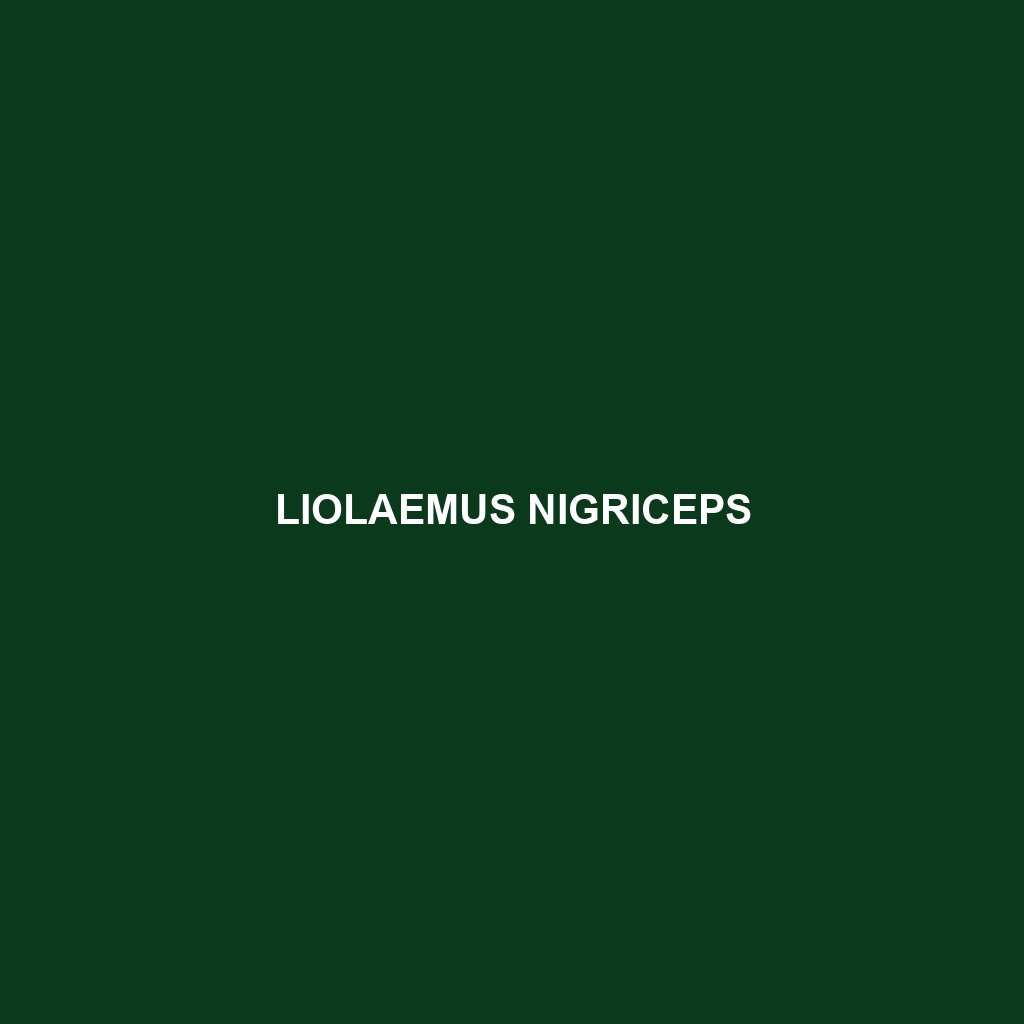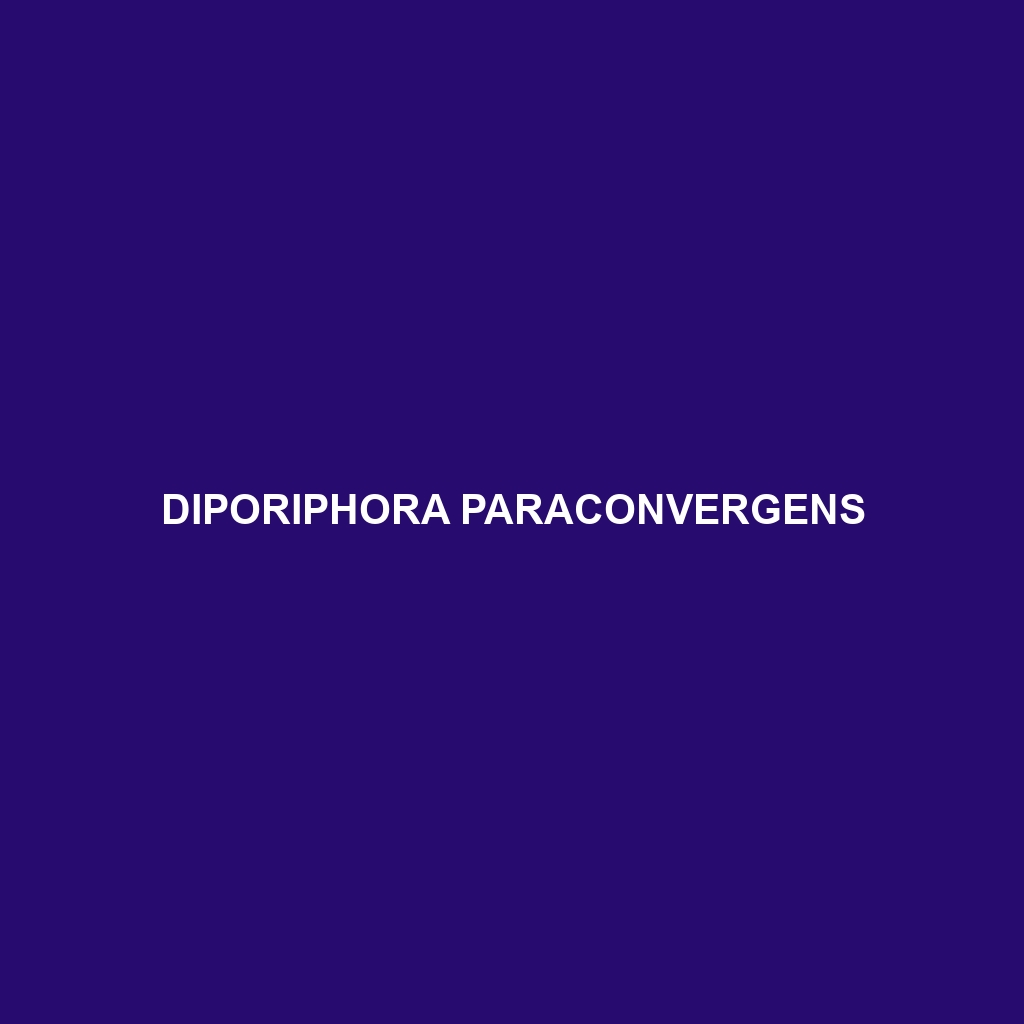Discover the vibrant Platysaurus intermedius, a striking lizard native to the rocky savannas of southern Africa. With its elongated body, distinctive coloration, and diurnal behavior, this insectivore plays a vital role in its ecosystem while showcasing fascinating social rituals during mating season.
Tag: arid habitat lizards
Phyllodactylus bordai
<p><b>Phyllodactylus bordai</b> is a small to medium-sized gecko, measuring 10 to 15 cm, found in the arid landscapes of South America. This nocturnal insectivore showcases striking camouflage with its mix of browns and tans, thriving in rocky terrains while playing a vital role in maintaining ecological balance.</p>
Pachydactylus griffini
<p><b>Pachydactylus griffini</b>, also known as the Griffin's thick-toed gecko, is a resilient nocturnal lizard native to the arid regions and savannas of southern Africa. Characterized by its elongated body, adhesive toe pads, and diet rich in insects, this species plays a vital role in its ecosystem while adapting to various environmental conditions.</p>
Mesalina austroarabica
<b>Mesalina austroarabica</b>, a resilient lizard native to the arid regions of the Arabian Peninsula, adapts seamlessly to extreme temperatures and sandy environments. With a diet primarily composed of insects and distinct mating displays, it plays a crucial role in maintaining ecological balance while exhibiting remarkable physical and behavioral traits that enhance its survival in harsh habitats.
Liolaemus vulcanus
<p><b>Liolaemus vulcanus</b>, commonly found in the arid Andean foothills of Chile and Argentina, is a hardy, diurnal lizard that thrives in rocky environments. Typically measuring 7 to 10 cm in length, this insectivorous species exhibits remarkable adaptability to extreme altitudes and temperatures, playing a crucial role in its ecosystem as both a predator and prey.</p>
Liolaemus nigriceps
Discover the remarkable Liolaemus nigriceps, or black-headed lizard, known for its distinct dark-brown to black head, agile climbing abilities, and adaptation to arid environments in western Argentina. This nimble insectivore plays a crucial role in ecosystem balance by controlling insect populations and serving as prey for larger species.
Eremias acutirostris
Discover the <b>sharp-nosed racerunner</b> (<i>Eremias acutirostris</i>), a slender lizard from the arid Central Asian steppes, renowned for its impressive speed, diurnal activity, and distinctive sharp snout, essential for its burrowing and hunting behaviors. This species thrives in harsh environments, feeding primarily on insects while playing a crucial role in maintaining ecological balance.
Diporiphora paraconvergens
Diporiphora paraconvergens is a diurnal insectivorous lizard native to arid regions of Australia, known for its robust body, impressive camouflage, and territorial displays. This species plays a vital role in its ecosystem by regulating insect populations and serves as prey for larger animals.
Diporiphora margaretae
Diporiphora margaretae, or Margarete's Diporiphora, a slender, agile lizard native to southeastern Australia, thriving in arid habitats with a color-changing ability for camouflage. This diurnal species, primarily feeding on insects, plays a crucial role in maintaining local ecosystem balance and is currently classified as "Vulnerable."
Diporiphora linga
The Diporiphora linga, or Linga Dragon Lizard, is an insectivorous species native to arid regions of eastern Australia, characterized by its slender body measuring 15 to 25 cm, distinctive coloration for camouflage, and behaviors like territorial displays and tail autotomy as a defense mechanism. This lizard plays a vital role in its ecosystem by controlling insect populations and serving as prey for larger predators.









